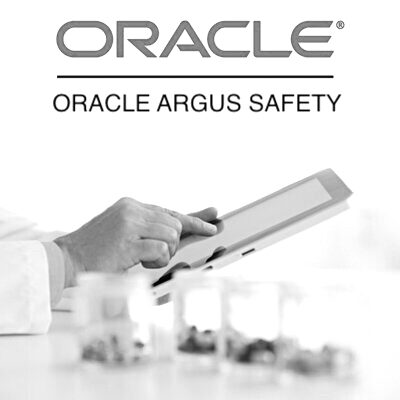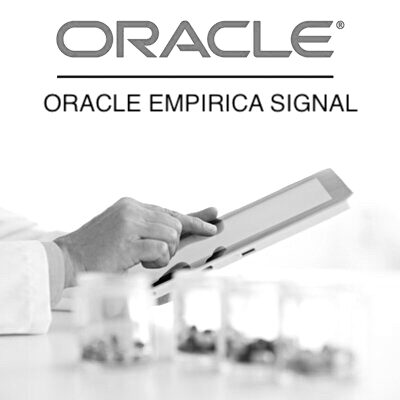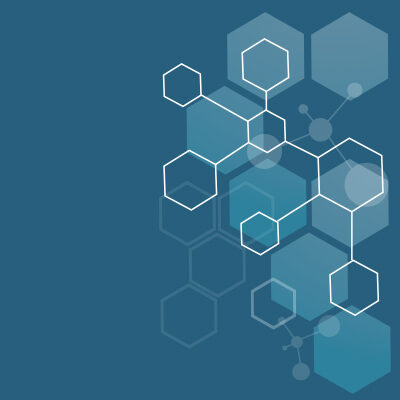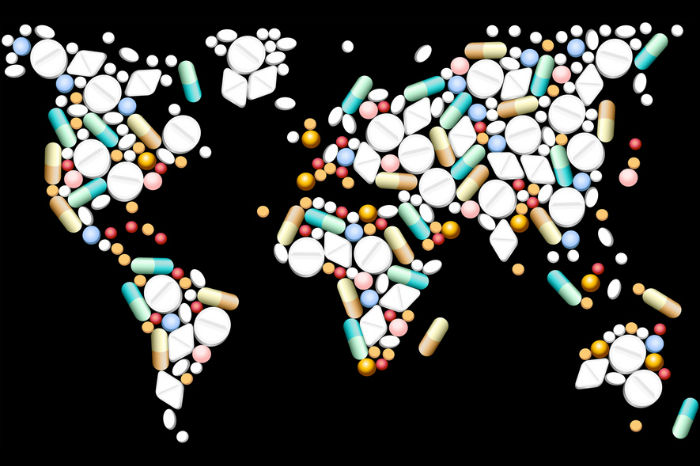The Globalization of Pharmacovigilance: Safeguarding Health on a Worldwide Scale
Table of Contents
- Introduction
- The Global Reach of Pharmaceuticals
- Challenges in Pharmacovigilance
- The Role of International Organizations
- Globalization and Drug Safety
- Conclusion
- Oracle Argus Safety Essentials
- Oracle Argus Safety Essentials + Console
- Oracle Argus Safety – Live Online
- Oracle Argus Safety + Console – Live Online
- Oracle Empirica Signal
- Oracle Empirica Signal – Live Online
- Diploma in Pharmacovigilance
- Argus Safety – Business Configuration and Administration
Introduction
In our increasingly interconnected world, the pharmaceutical industry has undergone a significant transformation. Rapid globalization has not only expanded access to life-saving medications but has also posed new challenges in ensuring their safety and efficacy. Pharmacovigilance, the science and activities related to the detection, assessment, understanding, and prevention of adverse effects or any other drug-related problems, has become paramount in the face of this global expansion. This article explores the dynamic intersection of pharmacovigilance and globalization, highlighting both the opportunities and challenges it presents.
The Global Reach of Pharmaceuticals
Pharmaceuticals have come a long way from being confined to local markets. With advances in transportation, communication, and international trade, pharmaceutical companies now operate on a global scale. This expansion has led to several key developments:
- Access to Medications: Globalization has increased access to medications, especially in developing countries. Life-saving drugs and vaccines are now more readily available to people in need worldwide, helping to combat diseases and improve overall health.
- Diversity of Medications: A broader array of medications from various countries is available, offering patients more treatment options. This diversity can be particularly beneficial for individuals with rare or specific medical conditions.
- Collaborative Research and Development: International collaboration in pharmaceutical research and development has become commonplace. This pooling of resources and expertise has accelerated drug discovery and innovation.
Challenges in Pharmacovigilance
While globalization has brought undeniable benefits to healthcare, it has also posed unique challenges for pharmacovigilance:
- Diverse Regulatory Frameworks: Different countries have distinct regulatory frameworks for drug approval and monitoring. Harmonizing these frameworks is essential for effective pharmacovigilance on a global scale.
- Variability in Reporting Systems: Reporting systems for adverse drug reactions vary widely from country to country, making it challenging to collect and analyze data consistently.
- Global Supply Chains: The complexity of global supply chains can introduce vulnerabilities, such as counterfeit medications or substandard quality products, which require vigilant monitoring.
- Language and Cultural Barriers: Language barriers and cultural differences can hinder effective communication and reporting of adverse events, potentially leading to underreporting.
- Data Management: Handling vast amounts of pharmacovigilance data from around the world requires advanced data management systems and analytical tools.
The Role of International Organizations
To address these challenges, various international organizations have emerged as critical players in global pharmacovigilance:
- World Health Organization (WHO): The WHO plays a central role in setting global standards for drug safety and pharmacovigilance. It encourages collaboration among countries and provides guidance on best practices.
- International Conference on Harmonisation (ICH): ICH brings together regulatory authorities and the pharmaceutical industry to develop harmonized guidelines for drug development and safety, promoting consistency worldwide.
- Pharmaceutical Inspection Co-operation Scheme (PIC/S): PIC/S facilitates cooperation between regulatory authorities to ensure the quality, safety, and efficacy of medicinal products.
- International Society of Pharmacovigilance (ISoP): ISoP fosters collaboration among pharmacovigilance professionals worldwide and promotes best practices in drug safety.
Globalization and Drug Safety
Despite the challenges, globalization has had a profoundly positive impact on drug safety and pharmacovigilance:
- Enhanced Surveillance: Global pharmacovigilance allows for the identification of adverse events that may be rare in individual countries but become apparent when data from multiple sources are combined.
- Early Detection of Safety Signals: International cooperation enables the early detection of safety signals, leading to timely regulatory actions like label updates or even drug withdrawals when necessary.
- Sharing of Best Practices: The sharing of best practices across borders has led to improved pharmacovigilance systems and more effective monitoring of drug safety.
- Increased Transparency: Globalization has promoted transparency in the pharmaceutical industry, encouraging companies to be more accountable for the safety of their products.
Conclusion
Pharmacovigilance is an indispensable part of the globalized pharmaceutical landscape, ensuring that patients worldwide can benefit from the best available treatments while minimizing risks. While globalization has introduced challenges, international cooperation and the role of organizations like WHO and ICH have been pivotal in addressing these issues. The global expansion of pharmacovigilance is not only a response to the changes in the pharmaceutical industry but also a reflection of our collective commitment to safeguarding public health on a worldwide scale. As we continue to navigate the complexities of global healthcare, the collaboration between nations and organizations will remain crucial in ensuring the safety and efficacy of medications for all.
You may be interested in…
-
 eLearning + software
eLearning + softwareOracle Argus Safety Essentials
$599.00 -
 eLearning + software
eLearning + softwareOracle Argus Safety Essentials + Console
$799.00 -
 Live Online
Live OnlineOracle Argus Safety – Live Online
$999.00 -
 Live Online
Live OnlineOracle Argus Safety + Console – Live Online
$999.00 -
 eLearning + software
eLearning + softwareOracle Empirica Signal
$599.00 -
 Live Online
Live OnlineOracle Empirica Signal – Live Online
$999.00 -
 eLearning + software
eLearning + softwareDiploma in Pharmacovigilance
$799.00 -
 eLearning + software
eLearning + softwareArgus Safety – Business Configuration and Administration
$599.00

